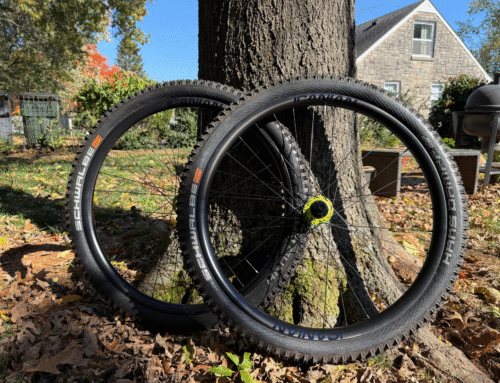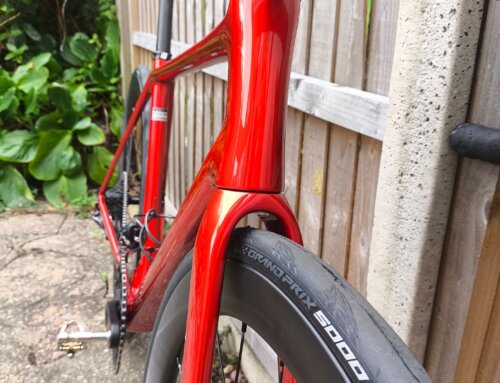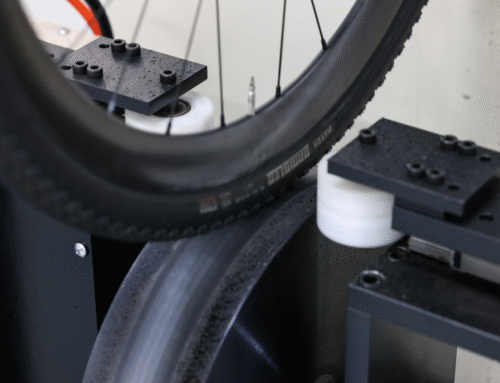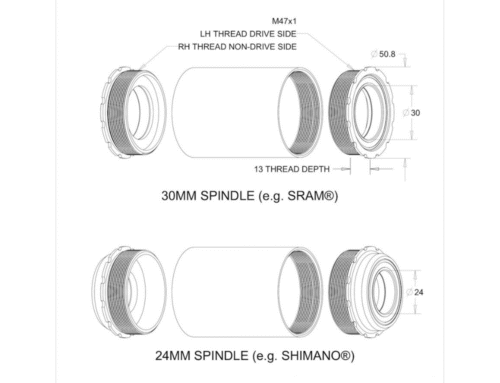Is the “Climbing Bike” Outdated? Aerodynamic vs. Lightweight Road Bike Efficiency Test
The rapid improvement of aero road bikes has led many to question whether classic climbing/lightweight road bike series are at risk of losing relevance. To find out, we conducted a series of tests on road bikes.
If you were to look back ten years ago, owning an aero road bike was akin to having an American muscle car. They looked cool and were undoubtedly the fastest in short, straight-line sprints. However, when it came to cornering or climbing hills, their drawbacks started to become apparent.

Yet, with advancements in technology, the latest aero road bikes are no longer simply about “blazing fast speeds.” Take the Orbea Orca Aero as an example. It weighs under 8 kg, offers better handling, and is highly comfortable.
This development raises a question: Do lightweight climbing bikes still hold their appeal in 2024, or has the aero road bike truly taken the lead? To answer this, a team of journalists visited the Silverstone Sports Engineering Lab, one of the most advanced testing facilities in the UK, to test these bikes in real-world conditions.
Weight vs. Aerodynamics: Which Matters More?
The weight of a bike is often one of the first things riders look at, and it has become a standard by which many judge a bike. However, the benefits of aerodynamics are becoming more significant than weight alone. In fact, many lightweight climbing bikes now incorporate aerodynamic design elements.
But if an aero bike and a climbing bike had the same weight, would the aero bike still outperform the climbing bike? Would the aerodynamic tube shapes lead to efficiency losses when climbing?

Testing for Efficiency: How Much Difference Does It Make?
To find out, we used the Silverstone Sports Engineering Lab’s pedal efficiency device to test the two bikes under controlled conditions. The tests measured the efficiency of both bikes over two different road surfaces at fixed power outputs. To ensure fairness, both bikes were equipped with identical cranksets, chains, and cassettes, with matching wheels, tires, and tire pressures.

For professional riders, the demands on their bikes for aerodynamics, weight, rigidity, and compliance are the highest. This makes these tests particularly valuable for answering the pressing question of whether lightweight climbing bikes are still worth it.
The Orca vs. Orca Aero: A Comparison
When Orbea announced its return to the Tour de France in 2024, the company equipped the Lotto Soudal team with two road bikes: the Orca and Orca Aero.
The Orca climbing bike is slightly lighter than the Orca Aero, and that is one reason professional riders prefer it. However, like all Tour de France bikes, it must comply with the UCI weight limit (6.8 kg), meaning there isn’t much room for further reductions in weight.
Despite the Orca OMX frame’s impressive weight of just 750 grams, combining it with top-tier components could push the bike below the UCI weight limit. This raises the question: if the UCI doesn’t change the weight limit, will the development of climbing bikes stagnate? Orbea insists that is not the case.
Innovation Beyond Weight
The latest Orca model is not just about reducing weight. According to Orbea, “If a bike is not stiff and efficient enough, it’s pointless no matter how light it is.” The round-tube frame design helps reduce vibrations, providing better comfort over long distances and offering an edge when climbing.
Efficiency Tests: Orca Aero vs. Orca
The following charts show the results of our tests on bike efficiency:
The blue bar represents the Orca Aero, and the gray bar represents the Orca Climbing Bike. Higher bars indicate higher efficiency. As seen in both the simulation of smooth asphalt and rugged terrain, as well as at speeds of 30 km/h and 40 km/h, the Orca climbing bike shows slightly higher efficiency (around 1% to 3%) compared to the Orca Aero. However, this difference is relatively small and unlikely to make a significant impact during a race. Over long-distance events, though, the climbing bike could help riders feel less fatigued.

The second chart measures power loss. The blue bar again represents the Orca Aero, and the gray bar represents the Orca. Lower bars signify less power loss. As shown in the chart, switching from the aero bike to the climbing bike could save roughly 3 watts of power, which might not be enough to convince most riders to give up their high-speed aero machines.

Comfort vs. Speed: The Trade-Off
Aero frames excel at reducing air resistance, but their flat tubes make them less effective at absorbing vibrations from the road. As a result, even the best new aero bikes are often less comfortable than climbing bikes.
Prior to testing, journalists also had the chance to ride both bikes in real-world conditions. They found that, while the Orca Aero was the preferred choice for flat sections of a race, for other conditions, they would lean towards the Orca. The lightweight and efficient bike offered a powerful feel, excellent low-speed acceleration, and better shock absorption and handling, making it much more versatile.
Conclusion: Will Lightweight Climbing Bikes Fade Away?
Returning to the original question: Will lightweight climbing bikes lose their market position over time? The answer is no. Despite the relatively small weight improvements over the last decade, the development of climbing bikes has not stagnated. Brands continue to release new climbing bike models that focus not only on weight reduction but also on incorporating aerodynamic elements into the frame design. When considering these factors together, lightweight climbing bikes still have a significant market and will continue to appeal to a broad range of riders.







